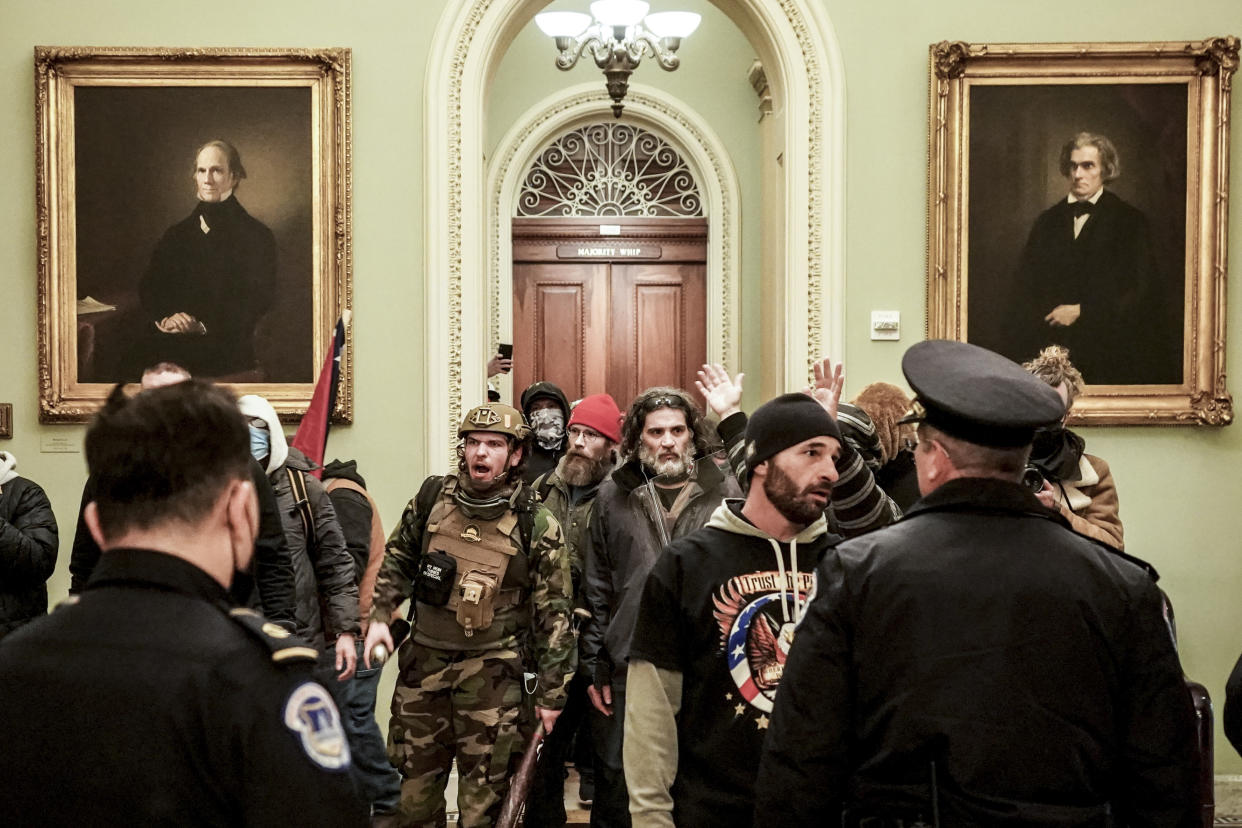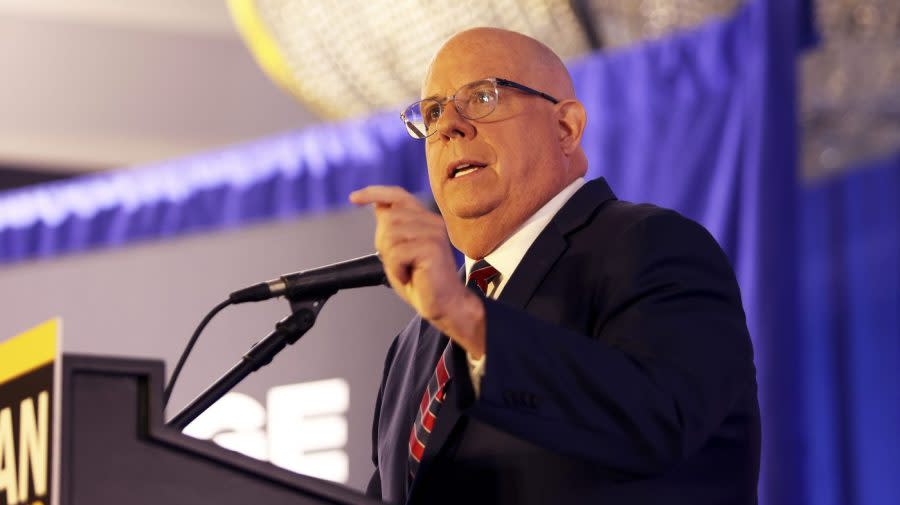The New York Times
Trump Tries to Flip the Script on Democracy After Biden’s Withdrawal
Nick Corasaniti and Jim Rutenberg – July 23, 2024

Ever since rioters stormed the Capitol on Jan. 6, 2021, the Democratic Party has sought to claim the mantle of democracy, painting Donald Trump and his allies as extremists willing to deny the will of voters to cling to power.
Now, after President Joe Biden dropped his reelection bid and Democrats swiftly aligned behind Vice President Kamala Harris as a replacement, Republicans are trying to flip the argument.
In a series of statements and social media posts, Republicans have argued that Democrats, by pressuring Biden to quit, have “disenfranchised” the 14 million people who voted for him in the party primaries.
The accusation isn’t based on any party rule or supposed legal violation. Instead, it is the Republicans’ latest attempt to muddy the waters on an issue that helped Democrats win key races two years ago. Since Trump’s attempt to overturn his defeat in 2020, which led to the Jan. 6 riot and criminal charges against the former president, Democrats have cast Republicans as a threat to democratic norms.
They have used images from the Jan. 6 riot in attack ads and mobilized Democratic voters against Republican-backed legislation restricting voting. The issue was especially potent for Democratic governors and secretaries of state in critical swing states, who won every election for statewide office except for governor in Nevada and Georgia in 2022.
On Monday, Trump tried a new tactic to neutralize that threat, zeroing in on the “stolen” nomination claim. “They stole the race from Biden after he won it in the primaries — A First!” Trump posted on his social media site. “These people are the real THREAT TO DEMOCRACY!”
The two most senior Republican congressional leaders — House Speaker Mike Johnson of Louisiana and Sen. Mitch McConnell of Kentucky — echoed the claim.
“Having invalidated the votes of more than 14 million Americans who selected Joe Biden to be the Democrat nominee for president, the self-proclaimed ‘party of democracy,’ has proven exactly the opposite,” Johnson said. McConnell, the Republican minority leader in the Senate, said Democrats were “trying to upend the expressed will” of primary voters.
There is nothing in Biden’s withdrawal or his endorsement of Harris that appears to violate any party or election rules. Under party rules, when a candidate withdraws after the primary elections but before officially securing the nomination, delegates are free to vote for another candidate of their choosing. Republican Party rules outline a similar process.
Democrats and voting rights experts dismissed the criticism as a specious, and argued that Republicans lacked credibility on the subject.
On Monday, Alex Floyd, a spokesperson for the Democratic National Committee, said it was Trump who was trafficking in “anti-democratic rhetoric as part of his campaign,” adding that the former president “himself inspired a violent insurrection on Jan. 6, 2021.”
He said that Democrats were “committed to an open process” to select Biden’s successor on the ticket. That process includes a vote by the party’s nearly 4,000 delegates. Other Democrats noted that the 14 million people who voted for Biden certainly did so knowing he was on a ticket with Harris, the current front-runner.
Civil rights groups and democracy activists did not appear to share the Trump campaign’s concerns about Democratic disenfranchisement. Polling from this summer showed a majority of Democrats wanted Biden to step aside.
“I don’t think this is anti-democratic in the slightest,” said David Becker, director for the Center for Election Innovation and Research, a nonpartisan nonprofit organization. Becker noted that Trump sought to throw out millions of votes in the states where he contested his defeat, as part of his attempt to hold on to power after losing the 2020 election.
It’s unclear whether Republicans’ attacks about the “stolen” Democratic primary will land with swing voters. But Trump has been trying to reframe the political debate over democracy for years, with some signs of success. He has cast the Jan. 6 rioters as patriots and accused Democratic prosecutors of using indictments to interfere with the election.
A recent Washington Post poll found that voters in six battleground states were more likely to trust Trump than Biden to handle threats to democracy. The survey found 61% of voters in those states listed “threats to democracy” as extremely important to their vote. The only issue rating higher was the economy.
“I am the only one saving democracy for the people in our country,” Trump said as he accepted his party’s nomination last week.
Trump and his allies also sought to use the attempt on Trump’s life at his July 13 rally in Pennsylvania to portray him as a “defender” of democracy.
They have painted the shooting as an anti-democratic attempt to remove Trump from the race. (Virtually nothing is known about the motives of his shooter, Thomas Matthew Crooks.)
In making the argument that Biden’s exit from the race disenfranchised millions of primary voters, Trump and his party picked up a theme the president’s campaign had also emphasized. When Biden was resisting calls to drop out, he and his surrogates often pointed to those votes to defend his decision to stay in the race.
“We had a Democratic nominating process where the voters spoke clearly,” Biden had told MSNBC hosts Joe Scarborough and Mika Brzezinski. “I won 14 million of those votes.”
The Republican attempts to seize on that argument as their own, democracy activists say, is part of a broader, yearslong effort to erode trust in the electoral process.
“I see this all as just a continued effort to try to cast doubt on our elections, to try to undermine pro-democracy candidates,” said Joanna Lydgate, CEO of the States United Democracy Center.











